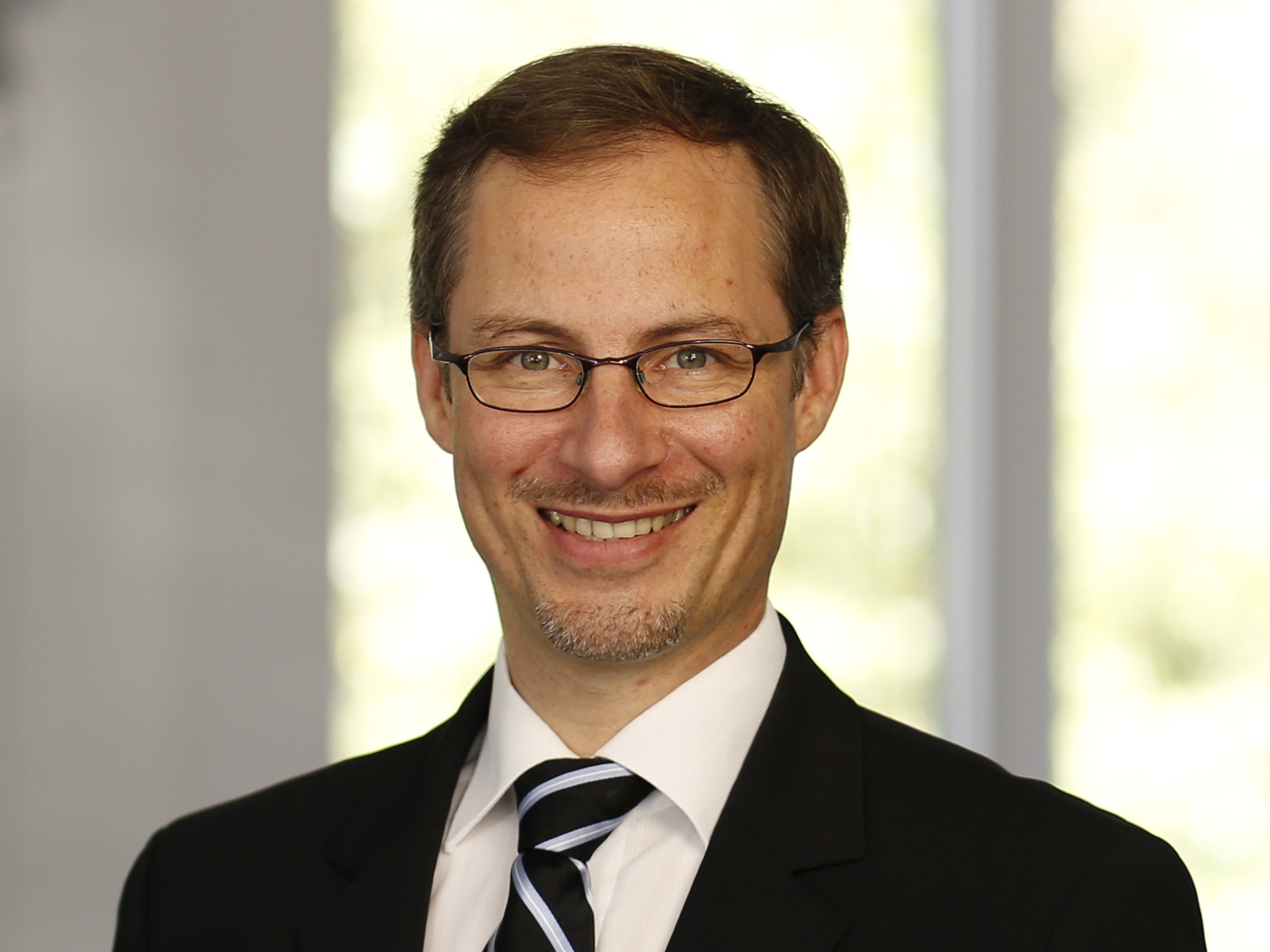
Networks instead of hierarchies
Prof. Dr. Chris Eberl, scientific coordinator of the Fraunhofer Cluster of Excellence Programmable Materials CPM answers three questions:
What is special about the Fraunhofer Cluster of Excellence Programmable Materials CPM cooperation?
Because of the innovative nature and the reversed development approach, research and development of programmable materials is demanding an entirely new research structure.
For programmable materials to become a reality, all the involved scientific disciplines of computer scientists simulating our models, as well as theoretical researchers as well as methods engineers must interact with each other and at the same time, learn from each other. This must cover all the value-adding margins and disciplinary boundaries.
What should a structure that supports such interdisciplinary processes look like?
Following the agile project management in the cooperation across Fraunhofer institutes, the Cluster of Programmable Materials relies on network structures instead of hierarchies and short iteration cycles instead of long requirements specifications.
The responsibility to pave the way to programmable materials is mostly handed over to the lower levels at the institutes, i.e. to the experts in the teams. This structure definitely enables quick growth and scaling of processes for the cluster but at the same time, it also requires a new communication structure. Here, we work on the vision and not the hierarchy. Furthermore, the cluster is divided into seven subject areas, depending on the content. The respective spokesperson of the subject areas and their representatives are consciously in contact with persons from different institutes. Even the teams partly consist of members from up to seven different institutes.
How can the cluster make programmable materials usable?
Our structure acts as an incubator. The only way to accelerate the market entry of programmable materials considerably is interdisciplinary research clusters that operate beyond institutional boundaries.
Therefore, the following steps are established in a close network: After we have derived target functions from the application context, we formulate additional conditions from the required manufacturing processes. After that, we get rolling and develop programmable materials using functional and process libraries. The functionalities are then programmed during the manufacturing process. Afterwards, we validate the functions and provide a feedback process to ensure that we learn from our mistakes as effectively as possible and there is no unused knowledge in the cluster.